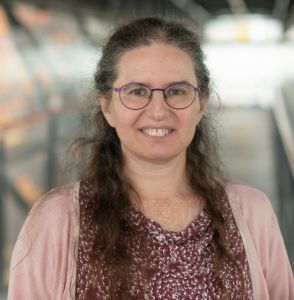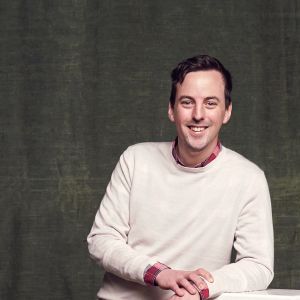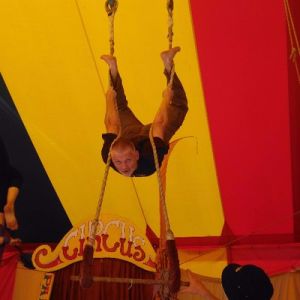Presented by:

Margaret Low

Phil Jemmett
No materials for the event yet, sorry!
This workshop session will consider the valuable mathematical concepts that children ages 9 – 11 encounter when creating patterns with TurtleStitch. TurtleStitch is a useful way of teaching mathematics in the classroom, or a means to highlight its application and improving school students fluency. Students are able to create any pattern they wish, provided they can work out how to describe it in TurtleStitch.
TurtleStitch is based on turtle geometry as developed by Papert. It is described in detail in his book Mindstorms (1981, Chapter 3 Turtle Geometry: A mathematics made for learning). He saw the value in having a physical object to move and turn, leaving a trail behind. TurtleStitch builds on this legacy, and provides a means by which embroidery machines can be controlled to stitch onto fabric the patterns drawn by the turtle on the screen.
Its an alternative way to introduce programming to young people, from code which only produces an output to the screen, as it enables them to design and manufacture physical products in the classroom. They also an insight into some of the physical constraints involved in implementing a design. For example, too many stitches too close together will create a hole in fabric.
The WMG outreach team at the University of Warwick regularly runs workshops using TurtleStitch as part of their programme of activities with local schools, which includes the Stitch in Time project, linking TurtleStitch to local culture and history. (www.warwick.ac.uk/stitchintime)
To support the use of TurtleStitch in local schools and classrooms, WMG outreach has created a number of resource cards and video tutorials to support its use by teachers, parents and students, which include maths task cards suitable for upper key stage 2 (school years 5 and 6, ages 9 - 11). Children work out the answers to maths questions and check them using Turtlestitch. These are freely available on the Warwick website: www.warwick.ac.uk/turtlestitch
- Date:
- 2023 July 19 - 10:30 CET
- Duration:
- 1 h
- Room:
- Classroom Zero
- Conference:
- Snap!Con 2023
- Type:
- Workshop
- Presented via:
- In person
